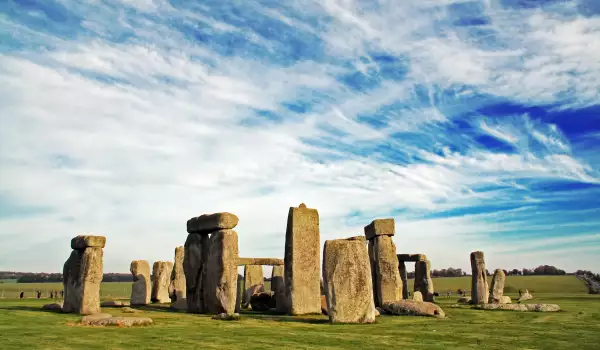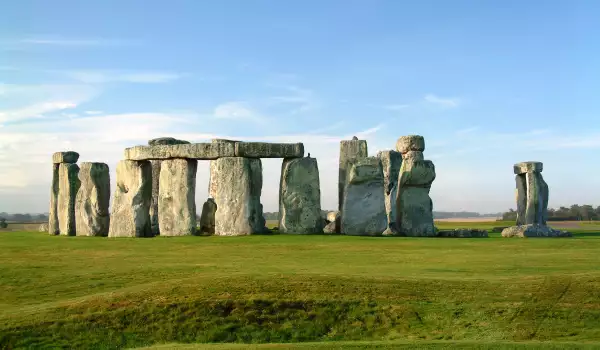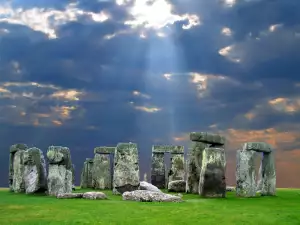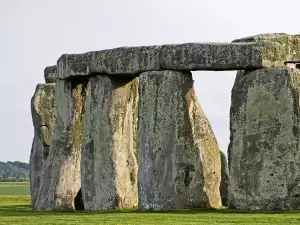Stonehenge was built more than 3, 500 years ago and it is said to have been used for predicting lunar eclipses.
Sharon Challener discovered a pattern in the horseshoe shape row of vertical columns after researching for nearly 20 years. By accident she noticed that from certain locations on Earth the eclipse was visible in distinct 47 month cycles.
Bluestone horseshoe was a monument collective of 19 upright columns. On placing a marker on the top of a pillar and the other end then during a lunar eclipse and moving the rock adjacent to the pillar on every full moon it became successful to predict an eclipse. Relocating the rock the same way every lunar month, the marker then would stand in the center of the horseshoe, two and a half trips around the row later exactly 47 months after the original eclipse.
This complicated process however proves to work. It is said that while the people built this structure all those thousands of years ago that were actually in studies of the moon at the same time!
Challener took her inspiration from her father in the 1970s. Her studies began during the same time when the eclipses were visible in the south part of England. She teaches us that it was pure accident that she stumbled over the discovery of the 47 lunar months. She simply tells of noticing the pattern the old fashioned way, going back to basics if you like. However upon my discovery it is important to know that there could be several eclipses visible during the 47 lunar month and not just that of one and therefore it was more than possible to have more than one rock traveling the Bluestone Horseshoe at once. She goes to say no matter how many that become visible during the 47 lunar month there still holds a gap of 47 lunar months between each individual eclipse. She describes this process as a family. The family starts as a partial eclipse reoccurring every single 47 lunar months. Each time of occurring it would be closer to that of a total eclipse. The eclipses would grow more partial with more total eclipses within the family. Basically it is effectively eclipsing a small part of the moon every 47 lunar months till the point of the eclipse fails to appear. Consequently ending that family and the stone marked would from there on be retired.

We can not prove that this method was used and with little evidence of archaeological artifacts supporting this theory it does not show that these creators of the Stonehenge had any interest in the moon, one can only assume.













